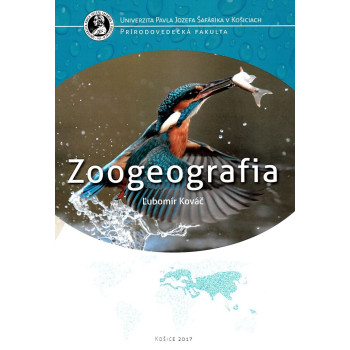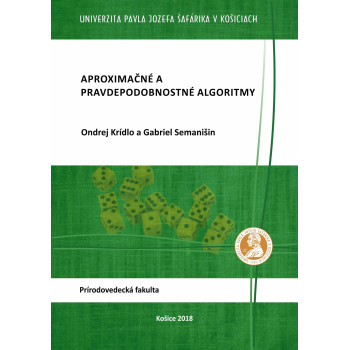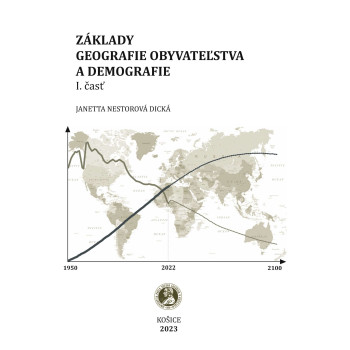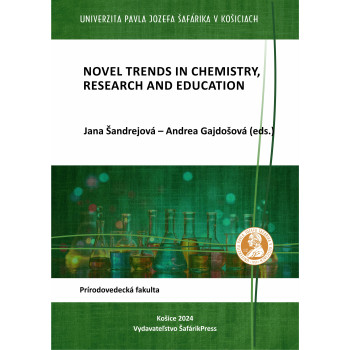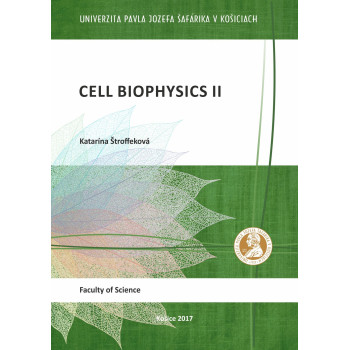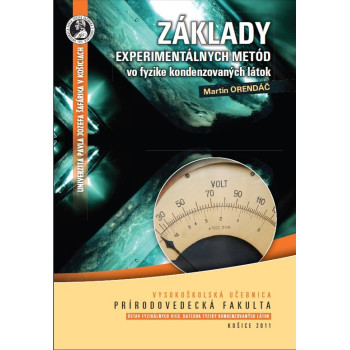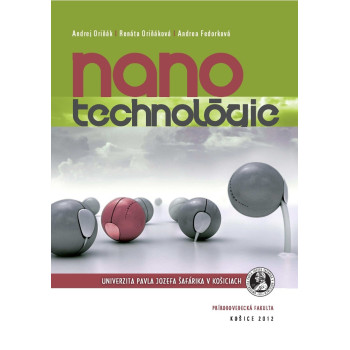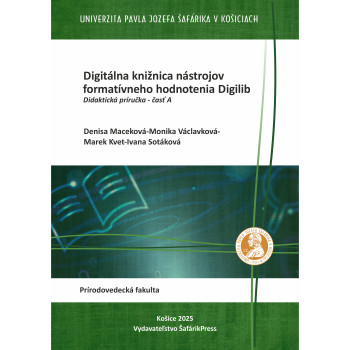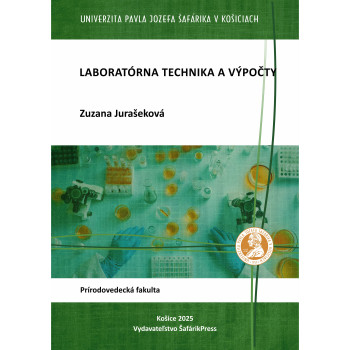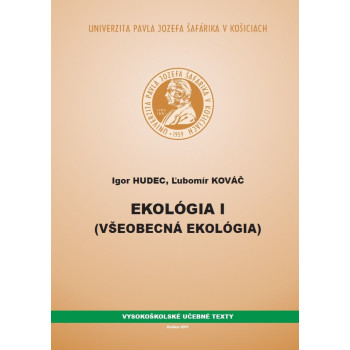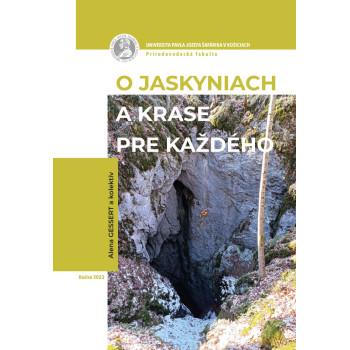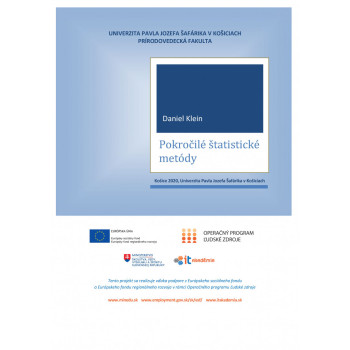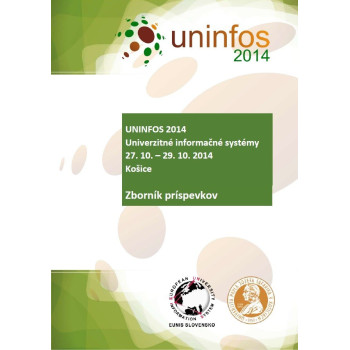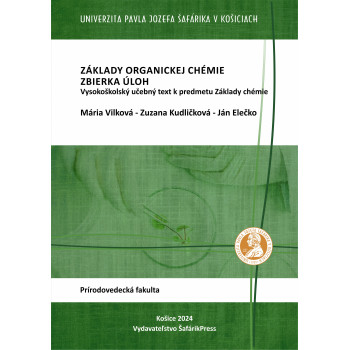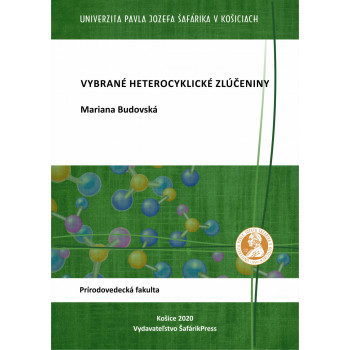
Zoogeografia
Učebný text „Zoogeografia“ objasňuje základné princípy a historický vývoj rozšírenia živočíchov na Zemi, a ďalej analyzuje faktory, ktoré ho ovplyvňujú. Vďaka moderným vedeckým metódam a technikám výskumu je zoogeografia veľmi dynamicky sa rozvíjajúcou disciplínou. Z geologických etáp je podrobnejšie spracovaná problematika paleoklimatických cyklov kvartéru, holocénu a vývoja postglaciálnej klímy, ktoré zohrali významnú úlohu pri dynamike vývoja živočíšnych areálov. Areálová analýza charakterizuje a triedi areály živočíchov a ich dynamiku v nadväznosti na speciáciu. Podrobne je spracovaná problematika zoogeografických oblastí s dôrazom na palearktickú oblasť. Časť zameraná na dynamickú zoogeografiu rieši najmä problematiku refúgií a reliktov v súvislosti s vývojom pleistocénnej paleoklímy. Text stručnou formou sumarizuje základné antropogénne faktory, ktoré v recentnej dobe drastickým spôsobom limitujú rozšírenie živočíchov v rýchlo ubúdajúcom prírodnom prostredí na Zemi. Text ďalej prehľadným spôsobom charakterizuje biogeografiu Karpát a faunu územia Slovenska. Záverečná časť prezentuje fylogeografiu ako modernú vednú disciplínu zameranú na rekonštrukciu migračných ciest v postglaciáli, ktorá je podložená analýzou molekulárnych markerov populácií živočíchov v širšom geografickom kontexte.
Autor



